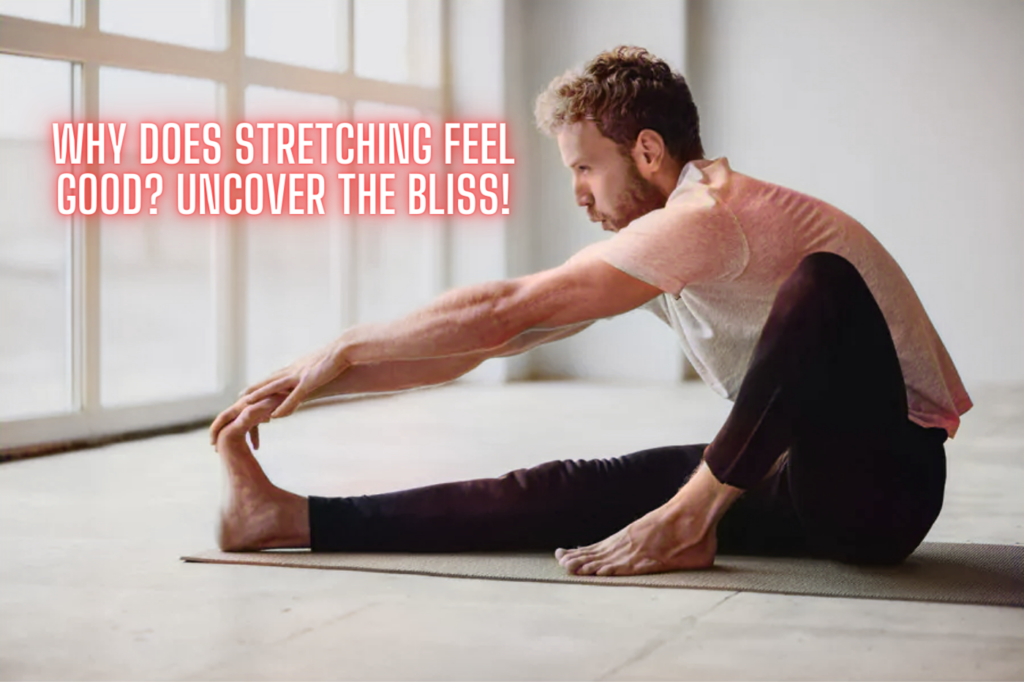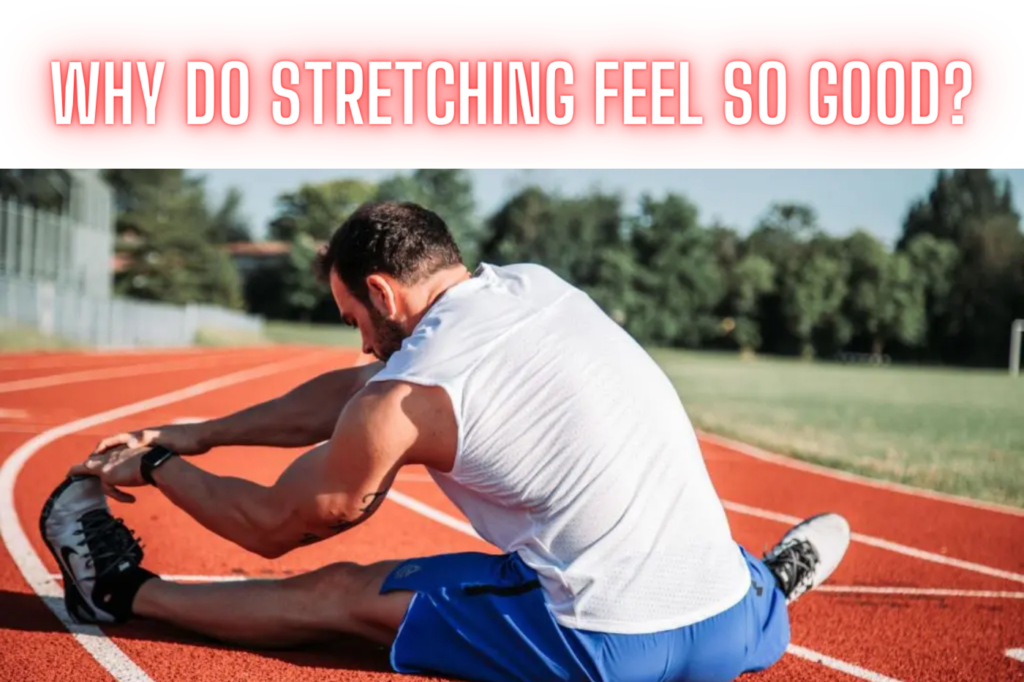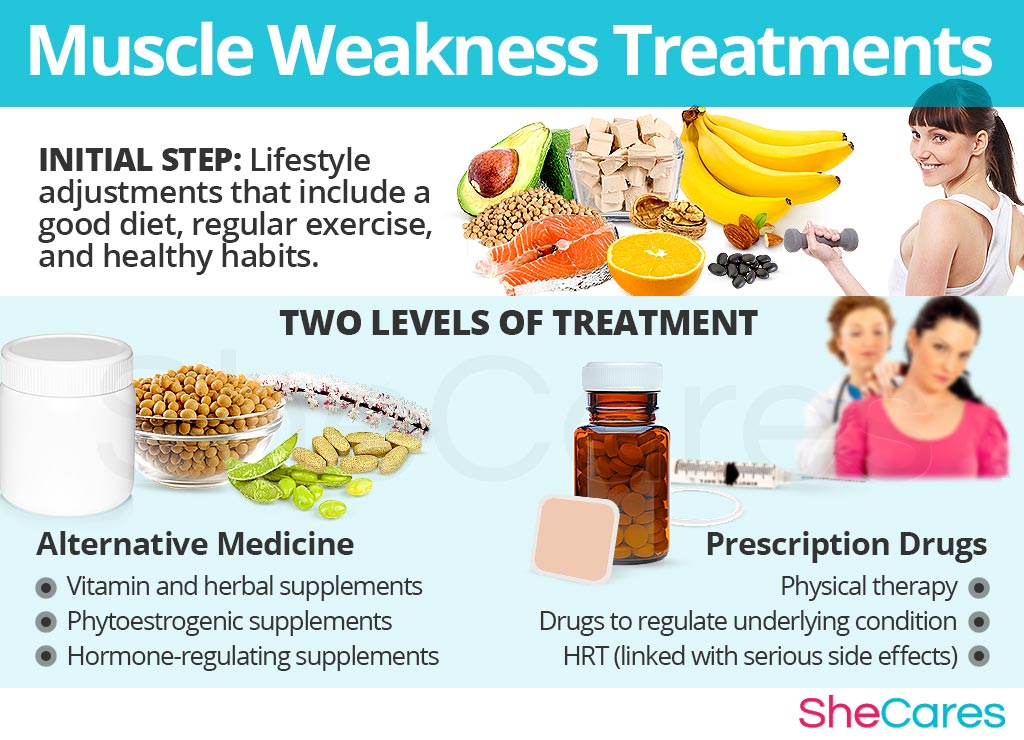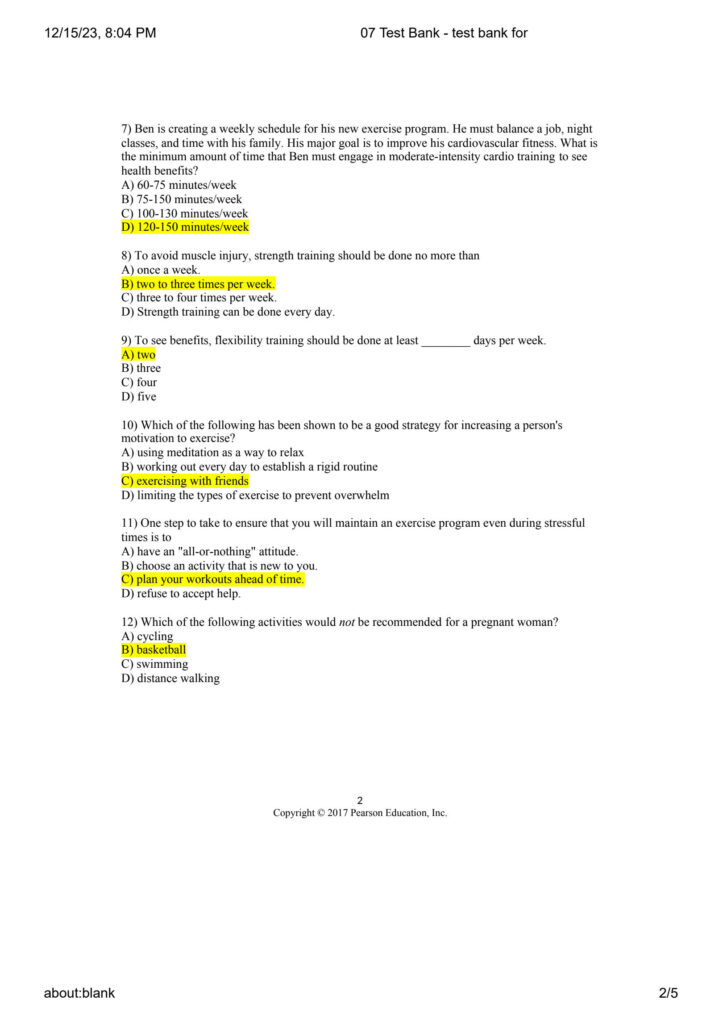Stretching feels good because it increases blood flow and releases endorphins. These effects enhance mood and reduce muscle tension.
Stretching offers numerous physical and mental benefits. It helps improve flexibility, which reduces the risk of injuries. Regular stretching can alleviate muscle soreness and improve posture. This simple activity also promotes relaxation by reducing stress levels. Enhanced blood circulation from stretching nourishes muscles and tissues, aiding recovery.
Including stretching in your daily routine can significantly boost overall well-being. The release of endorphins during stretching provides a natural mood lift. These benefits make stretching an essential component of a healthy lifestyle. Whether you’re an athlete or someone who sits at a desk all day, stretching can greatly improve your quality of life.

Credit: www.sciencefocus.com
The Science Of Stretching
Muscle fibers play a key role in stretching. They contract and relax to move our bodies. Stretching helps muscle fibers become more flexible. Flexible muscles feel good because they are less stiff. Stiff muscles can cause pain and discomfort. Stretching also helps muscles grow stronger over time.
Stretching affects our nerves too. It sends signals to the brain. These signals tell the brain to relax. Relaxation reduces stress and tension. This makes us feel good. Stretching also releases endorphins. Endorphins are chemicals that make us happy.

Credit: everstretch.co
Stretching And Endorphins
Stretching releases endorphins, the body’s natural feel-good chemicals. It enhances mood, reduces stress, and promotes overall well-being. The simple act of stretching can instantly uplift spirits and improve mental clarity.
Natural High From Stretching
Stretching releases endorphins in our bodies. These are chemicals that make us feel happy. They act like natural painkillers. This is why stretching feels so good. The more we stretch, the more endorphins we release.
Endorphins Vs. Pain Perception
Endorphins help reduce pain. They block pain signals from reaching the brain. This makes stretching a great way to feel better. Stretching can help us relax. It can also improve our mood. Less pain means we can enjoy more activities.
Physiological Benefits Of Stretching
Stretching helps to increase blood flow to your muscles. This brings more oxygen and nutrients to them. It also helps to remove waste products, like lactic acid. This can reduce muscle soreness and fatigue. Better blood flow can also help your muscles recover faster after exercise. Improved circulation benefits your entire body.
Regular stretching can enhance flexibility. Flexible muscles are less likely to get injured. Stretching helps to lengthen your muscles. This can make everyday activities easier and less painful. Flexibility also helps to improve your posture. Better posture can reduce back pain and improve your overall well-being.
Stretching And Stress Relief
Stretching helps reduce cortisol levels. Cortisol is a stress hormone. High cortisol makes you feel stressed. Stretching lowers cortisol, making you feel relaxed. It improves your mood and well-being.
Stretching connects your mind and body. It makes you more aware of your body. This awareness helps you relax. Your mind feels calm and your body feels good.
Types Of Stretching
Stretching feels so good due to increased blood flow and muscle flexibility. Various types, like static and dynamic stretching, help release tension and improve overall well-being. Regular practice enhances mobility and reduces stress.
Static Vs. Dynamic Stretching
Static stretching involves holding a position for 10 to 30 seconds. It helps increase flexibility and calm the mind. Dynamic stretching involves moving parts of your body. This type warms up muscles and improves performance.
Active Vs. Passive Stretching
Active stretching uses your own muscles to hold a stretch. It builds strength and endurance. Passive stretching uses an external force, like a partner or equipment. This type helps relax your muscles.
Stretching In Yoga And Pilates
Yoga helps you feel calm and happy. Child’s Pose is a favorite. It stretches your back and relaxes your mind. Downward Dog stretches your legs and arms. This pose also helps you feel energized. Cat-Cow Pose stretches your spine. It makes your back feel great.
Pilates helps your body feel strong and relaxed. The Swan stretch is great for your back. It helps you breathe deeply. The Mermaid stretch makes your sides feel good. It stretches your waist. The Spine Stretch Forward is perfect for your back. This stretch makes you sit tall and breathe better.
When Stretching Feels Best
Stretching feels incredibly satisfying as it releases tension and increases blood flow. It enhances flexibility, reduces pain, and boosts overall well-being. The body’s natural response to stretching often leads to a sense of relaxation and comfort.
Morning Stretches To Start The Day
Stretching in the morning feels amazing. It wakes up your body. Muscles feel tight after sleep. Stretching helps them relax. It also improves blood flow. This gives you more energy. Morning stretches can set a positive tone for your day.
Post-workout Stretching Benefits
After a workout, muscles can feel sore. Stretching reduces this soreness. It also helps prevent injuries. Post-workout stretching improves flexibility. It helps muscles recover faster. Stretching after exercise feels rewarding. You feel relaxed and refreshed.
Stretching As A Gateway To Mindfulness
Stretching helps you focus on the present moment. It clears your mind from worries. You become aware of your body. This awareness brings peace and calmness. Your mind does not wander. You feel more relaxed and happy. This is called mindfulness. Mindfulness is good for your mental health. It can make you feel better every day.
Breathing deeply while stretching is very important. It helps you relax your muscles. Deep breaths give your muscles more oxygen. This makes stretching feel even better. Try to take slow breaths. Breathe in through your nose. Then breathe out through your mouth. This simple technique can improve your stretching. It also helps you stay calm and focused. Practice this every day for best results.
Tips For Effective Stretching
Always start your stretch slowly. Move into each position gently. Avoid bouncing or jerking movements. This helps prevent injury. Keep your body aligned. Your spine should be straight. Focus on your breathing. Deep breaths help your muscles relax. Listen to your body. Stop if you feel pain. Proper technique ensures safety and effectiveness.
Stretch each muscle group for at least 30 seconds. Hold the stretch without straining. Repeat each stretch 2-4 times. Do stretching exercises daily. Consistency improves flexibility. Regular stretching reduces muscle stiffness. It also promotes better posture. Make stretching a part of your routine. This habit enhances overall well-being.
Credit: www.quora.com
Potential Risks Of Overstretching
Stretching can offer immense relief and pleasure, but overstretching poses risks like muscle strains and ligament injuries. It’s crucial to balance flexibility with caution to prevent harm.
Recognizing Your Limits
Overstretching can lead to muscle tears. It’s important to know your body’s limits. Pain is a sign to stop and rest. Always listen to your body. Stretching should feel good, not painful.
Avoiding Injury
Warm up your muscles before stretching. Cold muscles are more likely to get injured. Hold each stretch for at least 15 seconds. Avoid bouncing during stretches. Bouncing can cause muscle tears. Stretch both sides of your body evenly. This keeps your muscles balanced.
Frequently Asked Questions
Why Does Stretching Feel Euphoric?
Stretching feels euphoric because it releases endorphins, which are natural mood elevators. It also increases blood flow, reducing tension.
Why Does Stretching Feel So Good To Your Body?
Stretching feels good because it releases endorphins, improves blood flow, and reduces muscle tension. It also enhances flexibility and relaxation.
Why Does Stretching Feel Good But Hurt?
Stretching feels good because it releases endorphins and increases blood flow. It hurts because it temporarily strains muscles and tendons.
Why Does The Morning Stretch Feel So Good?
Morning stretches feel great because they increase blood flow, reduce muscle stiffness, and release endorphins.
Conclusion
Stretching feels good because it releases tension and increases blood flow. It improves flexibility and reduces stress. Regular stretching can enhance your overall well-being. Make it a part of your daily routine for better physical and mental health. Embrace the benefits and enjoy the relaxation it brings.










